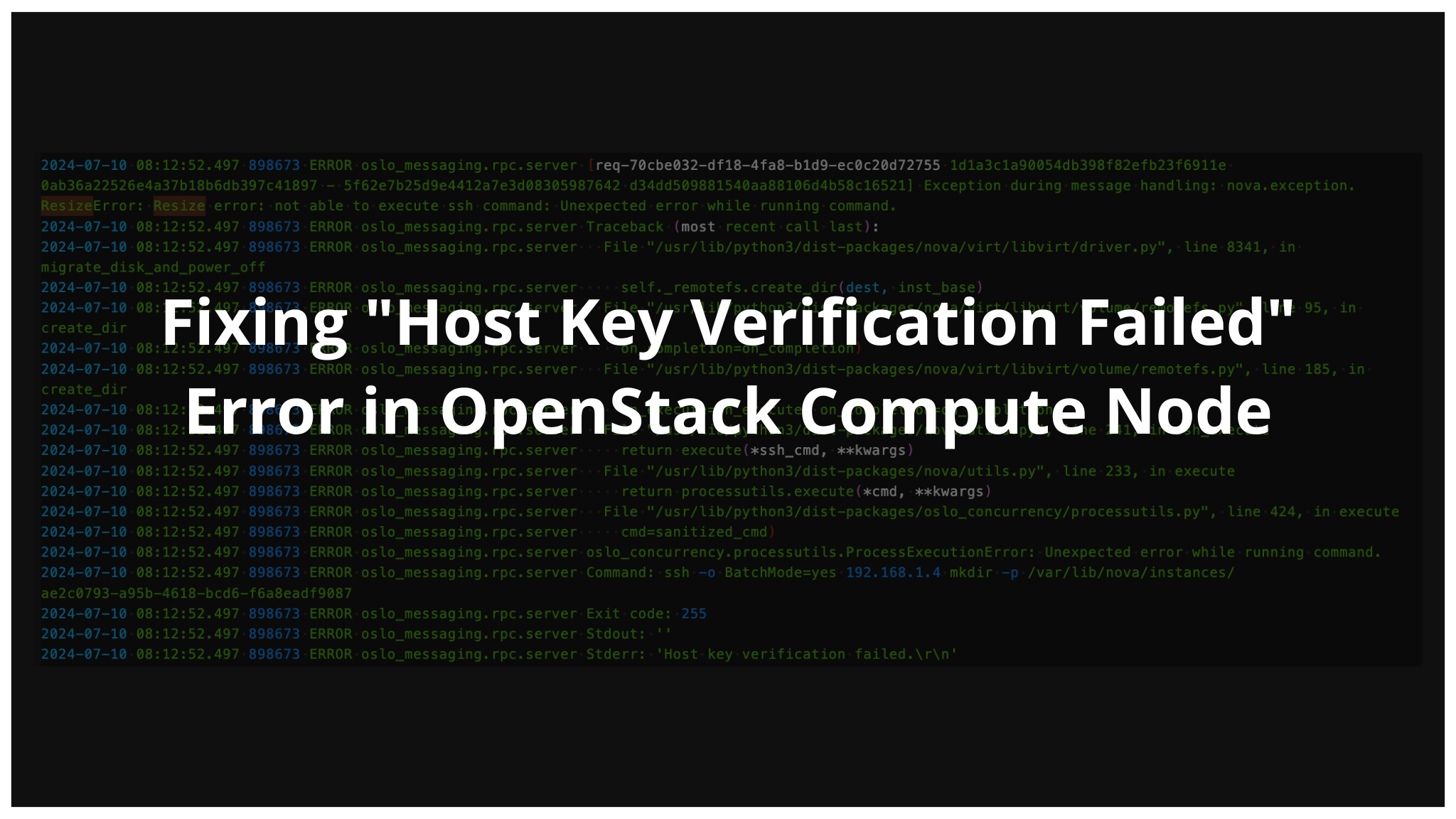Install Juju and Add MaaS to Juju
Prerequisites
- Setup HA MaaS - documentation here
Install Juju
Create Juju Controller VMs
- On KVM host, create a
create-juju-controllers.shbash file.
cat << "EOF" > create-juju-controllers.sh
#!/bin/bash
VM_NAMES=(
sofyan01-juju01-rack01
sofyan01-juju02-rack02
sofyan01-juju03-rack03
)
for VM_NAME in ${VM_NAMES[@]}; do
qemu-img create -f qcow2 /data/vms/$VM_NAME-vda.qcow2 40G >/dev/null
virt-install --virt-type kvm \
--name $VM_NAME \
--os-type=linux --os-variant=ubuntu18.04 \
--ram=8192 --vcpus=4 \
--cpu host-passthrough,cache.mode=passthrough \
--pxe --graphics vnc \
--boot network,hd \
--network bridge=virbr2 \ # bridge that used on oam network
--network bridge=virbr2 \
--disk path=/data/vms/$VM_NAME-vda.qcow2,bus=scsi \
--noautoconsole --noreboot >/dev/null && virsh destroy $VM_NAME >/dev/null
UUID=$(virsh dumpxml $VM_NAME | grep uuid | perl -lape 's/\s\s.\w+.(.*)<.*/$1/gm')
MAC1=$(virsh dumpxml $VM_NAME | grep "mac address" | perl -lape 's/.*<\w+\s\w+..(.*).../$1/gm' | awk 'NR==1')
MAC2=$(virsh dumpxml $VM_NAME | grep "mac address" | perl -lape 's/.*<\w+\s\w+..(.*).../$1/gm' | awk 'NR==2')
echo
echo "$VM_NAME UUID: $UUID"
echo "$VM_NAME MAC1: $MAC1"
echo "$VM_NAME MAC2: $MAC2"
echo
done
EOF
- Create juju vms and take a note for uuid & mac addresses.
bash create-juju-controllers.sh
Add Juju Controller Machines on MaaS
- Login to maas01 as
maasuser (create one if no exist), make sure maas nodes could SSH to KVM host using PubKey authentication, verify use this command:
virsh -c qemu+ssh://root@10.101.1.1/system list
-
If works, let’s continue to add juju machine to MaaS.
Login to MaaS dashboard on: http://10.101.1.11:80/MAAS
-
On
Machinestab, clickAdd machine. Put any juju vm information (including mac address & uuid). For example:Machine name : sofyan01-juju01-rack01 Domain : maas Architecture : amd64/generic Minimum kernel : bionic (hwe-18.04) zone : default MAC1 : <mac_address> Power Type : virsh (virtual system) Address : qemu+ssh://root@10.101.1.1/system Virsh ID : <uuid> -
Click
Save machine. Do this to all juju vms. -
Create subnets and spaces on MaaS. Go to
Subnetstab. Make sure to create appropriate subnets, vlans, and fabrics like below.
Space Name VLAN DHCP Fabric Subnet
oam-space untagged Enabled Management 10.101.1.0/24 (oam)
internal-space 5 (internal) Disabled Bond0 192.168.5.0/24 (internal)
ceph-replica-space 6 (ceph-replica) Disabled Bond0 192.168.6.0/24 (ceph-replica)
overlay-space 8 (overlay) Disabled Bond0 192.168.8.0/24 (overlay)
external-space untagged Disabled Bond0 10.11.12.0/24 (external)
dns-space 11 (dns) Disabled Bond0 10.11.13.6.0/24 (dns)
ceph-access-space 7 (ceph-access) Disabled Bond1 7.8.9.0/24 (ceph-access)
-
Back to
Machinestab. Click one of juju machines, navigate toNetworksection. Createbondmand use proper ip address. (do this to all juju machines) -
Move to
Configurationtab. Addjuju-controllertags. (do this to all juju machines) -
If all machines are on
Readystate, we can continue to the next steps.
Install Juju
- Install juju client on all maas nodes.
snap install juju --channel 2.8
Add MaaS to Juju
- Create a
maas-cloud.yamlfile. (maas01 only)
vim maas-cloud.yaml
---
clouds:
sofyan:
type: maas
auth-types: [oauth1]
endpoint: http://10.101.1.11:5240/MAAS
- Add cloud juju. (maas01 only)
juju add-cloud --client -f maas-cloud.yaml sofyan
- Verify the cloud. (maas01 only)
juju list-clouds
Add MaaS Credentials
- Create a
maas-credentials.yamlfile. (maas01 only)
credentials:
sofyan:
root:
auth-type: oauth1
maas-oauth: $(maas apikey --username=root)
juju add-credential --client -f maas-credential.yaml sofyan
juju credentials
Bootstrap Juju Controller
- Create
juju-config.yamlfile, then bootstrap juju controller with it. (maas01 only)
cat << 'EOF' > juju-config.yaml
default-series: bionic
default-space: oam-space
juju-ha-space: oam-space
juju-mgmt-space: oam-space
EOF
juju bootstrap --config=juju-config.yaml --bootstrap-constraints="tags=juju-controller" sofyan sofyan01-maas01-rack01
- Wait until the bootstrap is completed, then enable the Juju HA.
juju enable-ha -n3
- Check machine status.
root@sofyan01-maas001-rack001:~# juju switch controller
root@sofyan01-maas001-rack001:~# juju status
Model Controller Cloud/Region Version SLA Timestamp Notes
controller sofyan01-maas001-rack001 sofyan/default 2.8.0 unsupported 09:53:12+07:00
Machine State DNS Inst id Series AZ Message
0 started 10.101.1.21 aoxm4lza bionic default Deployed
1 started 10.101.1.22 sofyan01-juju002-rack002 bionic default Deployed
2 started 10.101.1.23 sofyan01-juju003-rack003 bionic default Deployed
- If there is any problem when you want to SSH maas nodes, just change permission of this directories.
chmod go-w /root
chown root /root
chown root /root/.ssh
- Now, juju are on position we can deploy like OpenStack more easily using Juju.




